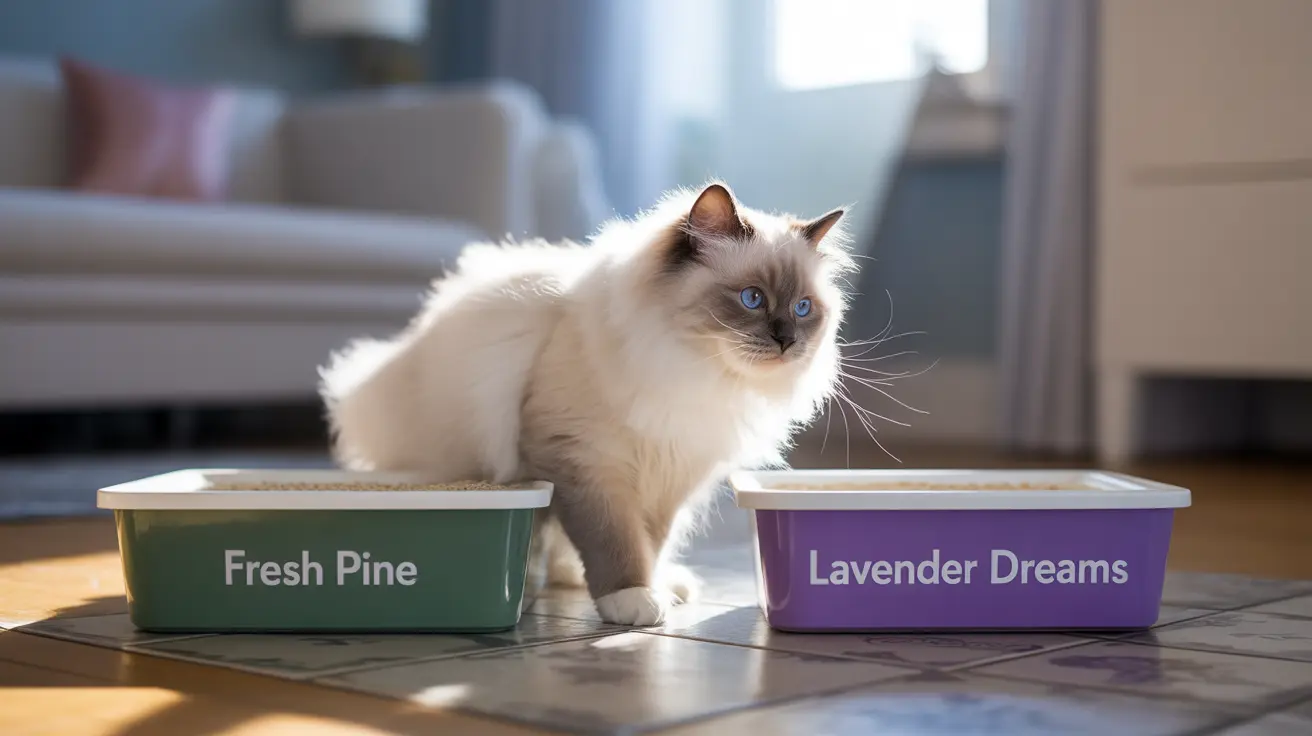If you're a cat owner or simply curious about feline anatomy, you might wonder about your cat's biological functions. One common question is whether cats pee and poop out of the same hole. Let's explore the fascinating details of cat anatomy and their elimination habits.
Understanding how cats eliminate waste isn't just about satisfying curiosity—it's essential knowledge for monitoring your pet's health and ensuring proper litter box management. We'll dive into the specifics of feline anatomy and discuss their unique bathroom behaviors.
Cat Urinary and Digestive System Anatomy
Cats, like most mammals, have separate openings for urination and defecation. The urethra handles urine output, while the anus is responsible for fecal elimination. These distinct anatomical features are located close together under the tail, which sometimes leads to confusion about their function.
Unlike birds and reptiles that have a single opening (called a cloaca) for all waste elimination, cats maintain separate pathways for different bodily functions. This anatomical arrangement helps cats maintain better hygiene and supports their natural territorial marking behaviors.
Litter Box Habits and Preferences
Most cats have distinct preferences when it comes to their elimination habits. They typically urinate 2-3 times daily and defecate once per day, though these patterns can vary based on diet, age, and health status. Interestingly, many cats prefer to separate their urination and defecation activities, sometimes even using different areas of the litter box or different boxes entirely.
This natural inclination to separate waste elimination locations stems from their wild ancestors' survival instincts. In nature, cats use urine for territorial marking while burying feces to avoid detection by predators.
Health Monitoring Through Elimination Habits
Understanding your cat's normal bathroom routine is crucial for detecting potential health issues early. Changes in frequency, consistency, or location of elimination can signal various health problems, from urinary tract infections to digestive disorders.
Keep track of your cat's regular patterns and consult a veterinarian if you notice significant changes. Normal signs include regular urination (2-3 times daily) and formed stools once daily, though individual cats may vary.
Proper Litter Box Management
To accommodate your cat's natural instincts and promote healthy elimination habits, consider providing multiple litter boxes—the general rule is one more box than the number of cats in your household. Keep boxes clean and easily accessible, and place them in quiet, private locations.
Some cats have strong preferences for certain litter types or box styles. Pay attention to your cat's preferences and adjust accordingly to prevent elimination issues.
Frequently Asked Questions
Do cats pee and poop out of the same hole?
No, cats have separate openings for urination (urethra) and defecation (anus). This is similar to most mammals and different from birds and reptiles, which use a single opening called a cloaca.
Why do some cats prefer to use separate litter boxes for urination and defecation?
This preference stems from natural instincts. In the wild, cats use urine for territorial marking while burying feces to avoid detection. Some domestic cats maintain these instincts and prefer to keep their elimination activities separate.
How can I tell if my cat's change in litter box habits indicates a health problem?
Watch for changes in frequency, consistency, or location of elimination. Signs of potential health issues include increased urination, straining to eliminate, eliminating outside the litter box, or changes in stool consistency. Consult a veterinarian if you notice significant changes.
What causes a cat to avoid the litter box and eliminate outside it?
Common causes include dirty litter boxes, stress, medical issues, territorial disputes in multi-cat households, or dislike of litter type or box location. Environmental changes or health problems can also trigger avoidance behavior.
How many times a day do cats usually pee and poop, and can they do it at the same time?
Cats typically urinate 2-3 times daily and defecate once daily, though this varies by individual. While cats can eliminate both ways during the same litter box visit, they usually prefer to separate these activities, often using different areas or times for each function.






